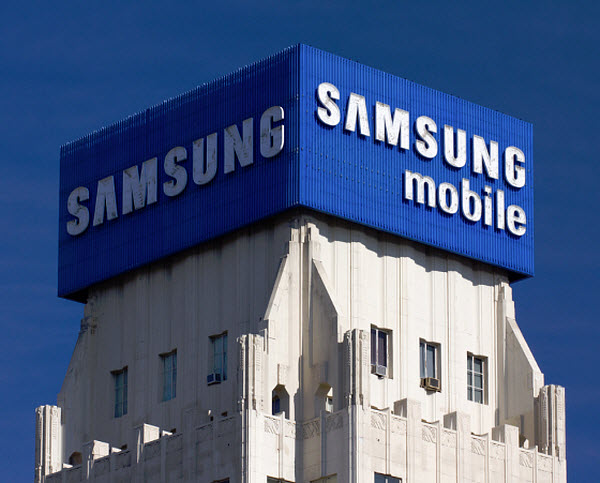According to a new American study conducted by Nielsen, women use their apps for a longer period of time.
Neilsen has released the results of one of its latest studies, which has revealed that men in the U.S. are using more apps than women, but that when it comes to actual use, it is female device users who are spending more time on their applications than their male counterparts.
The study found that men time on a larger number of mobile applications, but more time overall.
The research found that in the average month, men used a larger number of mobile apps than women. Men averaged 27.2 applications used on their devices in a month, when compared to a slightly fewer 26.3 smartphone apps used by women. That said, while women aren’t using quite as many mobile apps as men, they are using them for longer. Women spent an average of 38 hours and 2 minutes on their mobile applications every month. During the same span of time, men averaged 36 hours and 51 minutes.
This time spent on mobile apps means a lot to the industry, particularly in terms of in-app advertising.
 Nielsen also pointed out that on average, smartphone device users across the United States were using 26.7 apps per month in 2014’s last quarter. That is a figure that has essentially stayed the same over the last couple of years. Moreover, it was important to see that more than 70 percent of the usage of smartphone apps was all coming from the leading 200 applications.
Nielsen also pointed out that on average, smartphone device users across the United States were using 26.7 apps per month in 2014’s last quarter. That is a figure that has essentially stayed the same over the last couple of years. Moreover, it was important to see that more than 70 percent of the usage of smartphone apps was all coming from the leading 200 applications.
At the same time, though, there appears to be a limit to the number of mobile applications that consumers appear to be willing to download and actively use within any single one month period. Equally, while they don’t seem to be growing in the number of applications that they’re using them, they do seem to be using the ones that they have for longer periods of time.
The average amount of time spent on mobile apps per person, per month, has risen from 23 hours and 2 minutes in the last quarter of 2012, to become 37 hours and 28 minutes in the last quarter of last year. This means that over a period of two years, that figure rose by 63 percent.
Although the South Korean handset manufacturer had previously lost its crown, it appears to have regained it.
By the end of last year, Samsung had managed to make its way back up the list in smartphone trends by shipping about the same number of handsets as Apple, but the news for the South Korean tech giant has continued to improve according to some of the latest stats.
Samsung has now moved its way back to the top spot for the number of smartphones shipped.
These smartphone trends are based on the number of shipments that the company made during the first quarter of this year. During the first three months of 2015, Samsung shipped 83.2 million mobile phones, which represents an increase over the 74.5 million that it shipped during the last quarter of 2014 when it had pretty much matched Apple’s numbers.
At the same time, these smartphone trends weren’t as favorable for Apple, which saw its shipments fall.
 From January through March, iPhone shipments dropped to the level of 61.2 million, putting the company in second place behind Samsung. Both of those companies remain well ahead of the third place manufacturers, which are Lenovo/Motorola. Together, they shipped a much lower 18.8 million smartphones during the same period of time. That said, closely behind those two was Huawei, which managed to send 17.3 million devices out the door of its own warehouse during the first quarter of the year.
From January through March, iPhone shipments dropped to the level of 61.2 million, putting the company in second place behind Samsung. Both of those companies remain well ahead of the third place manufacturers, which are Lenovo/Motorola. Together, they shipped a much lower 18.8 million smartphones during the same period of time. That said, closely behind those two was Huawei, which managed to send 17.3 million devices out the door of its own warehouse during the first quarter of the year.
This data was presented by Strategy Analytics, which assembled the shipment and market share figures for the top players in the mobile technology industry. According to that firm, Samsung took in a 24.1 percent global smartphone market share. It also placed Apple at 17.7 percent of the worldwide share of the market. Lenovo/Motorola held 5.4 percent and Huawei had a firm grip on 5 percent.
Strategy Analytics also went on to release a range of additional feature phone and smartphone trends figures with regards to their shipments around the globe. That helped to show that Microsoft’s performance in this sector is not nearly as good as what that company had likely been hoping to achieve. After all, the figures revealed that Microsoft had seen a 33 percent drop in its mobile phone shipments in the first quarter of 2015, when compared to the same quarter in 2014.
 Nielsen also pointed out that on average, smartphone device users across the United States were using 26.7 apps per month in 2014’s last quarter. That is a figure that has essentially stayed the same over the last couple of years. Moreover, it was important to see that more than 70 percent of the usage of smartphone apps was all coming from the leading 200 applications.
Nielsen also pointed out that on average, smartphone device users across the United States were using 26.7 apps per month in 2014’s last quarter. That is a figure that has essentially stayed the same over the last couple of years. Moreover, it was important to see that more than 70 percent of the usage of smartphone apps was all coming from the leading 200 applications.
 From January through March,
From January through March, 